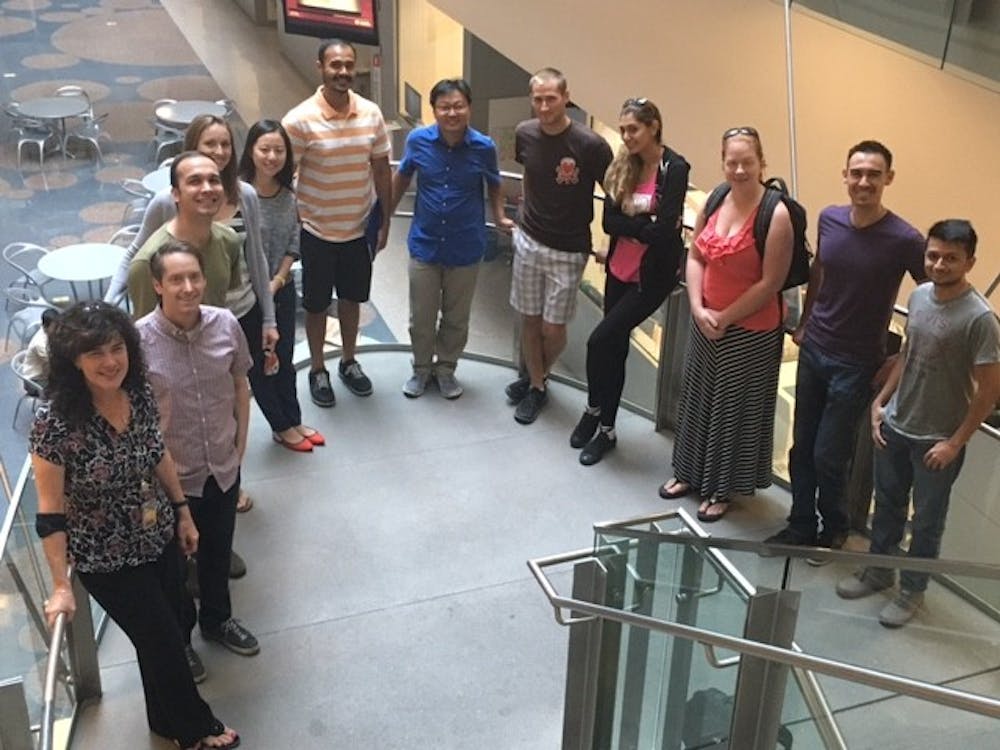A new ASU lab is changing the way scientists look at waste water in communities across the country.
The Human Health Observatory, directed by ASU sustainability expert Rolf Halden, discerns the chemicals present in certain communities' waste water and establishes whether those chemicals are harmless or not.
Specifically, one project is enabling them to look at vulnerable communities as apart of a national project to improve the quality of living, dubbed Wellville.
These are populations that might have abnormally high levels of alcohol and drug use, stress and obesity. The Observatory helps by monitoring these problems on a community-wide scale.
Wellville Community Engagement Coordinator Jamie Hekker said ASU is working with the community of Muskegon County, Michigan, an area with abnormally high levels of obesity and tobacco.
"We also have high levels of the stress hormone, cortisone, which can contribute to obesity among other things," Hekker said. From the observatory's insights, Muskegon officials can look at underlying causes for stress or trauma, then implement programs to help their community cope."
Essentially, counties like Muskegon send the observatory wastewater periodically for a ten year period with the hope that over the course of those ten years, these areas will be able to see things like tobacco levels or obesity levels go down, as demonstrated through the chemical makeup of their waste.
However, testing the waste isn't easy. The Observatory has to ensure that the chemicals being examined don’t break down easily, and they have to determine whether any drugs they detect are illicit or prescribed.
"We look at the total consumption of morphine, legal or illegal, and then through data from hospitals we can figure out how much morphine is being prescribed versus the total use," said Jing Chen, a graduate student with the observatory. "We also do our own stability tests to kind of get an idea if it (the chemical) changes a lot or a little."
Another graduate research associate from the project Joshua Steele said it is important for the Human Health Observatory to ensure the chemicals are capable of giving accurate results.
When looking at these chemicals, it’s not as simple as just seeing what’s there and what isn’t.
“How big is the concentration?" Steele said. "How much exposure do we have? How long does it stay there, and how long is the risk? And so if there is the right combination of these factors then we have a problem. At the end of the day we want to make sure we aren’t analyzing chemicals that are giving inaccurate results."
Reach the reporter at dcdunlop@asu.edu.
Like The State Press on Facebook and follow @statepress on Twitter.




